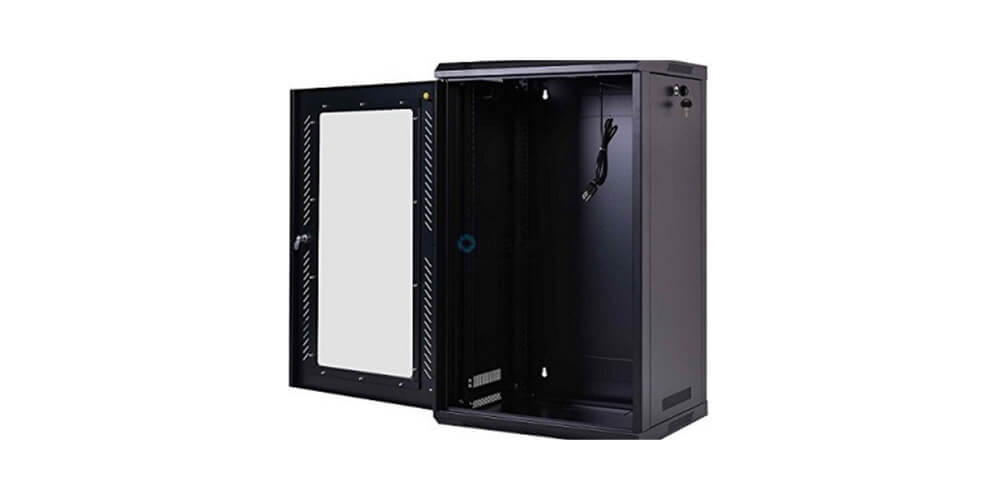A cabinet can be defined as an enclosure with the doors, rails, and side panels. On the other hand, a rack is a freestanding 4 or 2-post frame that does not have sides or doors. Many factors determine whether you should use a rack or cabinet. The different types and models of data racks and cabinets on the market can make it difficult to get the best one for you. A reputable Data Rack Manufacturer will have different designs to meet various business needs. Therefore, there is a need to consider different requirements to get the perfect rack or cabinet for your applications.
Equipment
Before choosing a rack or cabinet, you should determine the equipment you want to house. Ideally, your list should include routers, UPSs, switches, and servers. Ensure you take into account the stability of the cabinet and the weight it can accommodate. If you require regular access to the server, you should purchase an open rack.
Environment
The open design of racks makes them perfect options in areas where security is not a serious concern, such as closets or locked data centers. Remember that cabinets are cheaper as compared to cabinets. On the other hand, cabinets protect equipment in dusty, industrial, or open environments. Also, an aesthetic appeal can be an important factor. As you know, when creating a professional reputation, everything does count.
Ventilation
For your data server to operate optimally, it requires ventilation. In such a case, you should choose a rack instead of a cabinet. Whether your cabinet is installed in a climate-controlled place, it can produce a lot of heat. Requirements for the extra airflow increase when you mount more servers in the cabinet. Therefore, your mounting should have a provision for increased fans, air conditioners, and doors.
Weight
Racks and cabinets vary in regard to weight capacity. There are cabinets that hold 500kg or even more. Therefore, you should carefully determine the weight of the equipment and where it will be mounted when selecting a rack or cabinet.
Rails
Vertical rails in racks and cabinets provide holes for mounting the equipment. The two-post racks have 10-32 tapped holes. Both cabinets and racks have square holes to mount the servers.
Power Provisioning
There are different options for powering your equipment. For instance, you can mount the power strips horizontally or vertically. The power distribution units include extra capabilities such as metering and remote management. Also, UPS units can be mounted at the bottom of the rack or cabinet because of their weight.
Moisture, Vibration, and Dust
When you house electronic devices outside the data center, you should get a cabinet or rack with an IP rating of at least IP66. These standards are designed for protection from rain, corrosion resistance, dust, falling objects, hazards, rain, and submersion. Racks and cabinets can be bolted for additional stability.
Cable Management
Most racks and cabinets have built-in cable management systems and rings for routing the cables. Therefore, ensure you get a cabinet with an efficient cable management solution.
Extras
You need to consider the type of shelving as it is dependent on the equipment you want to mount. In this case, you have lots of options to consider that include solid, vented, stationary, or pull-out shelves. Also, there are shelves that are constructed to hold the pieces of your equipment, such as keyboards or servers.
